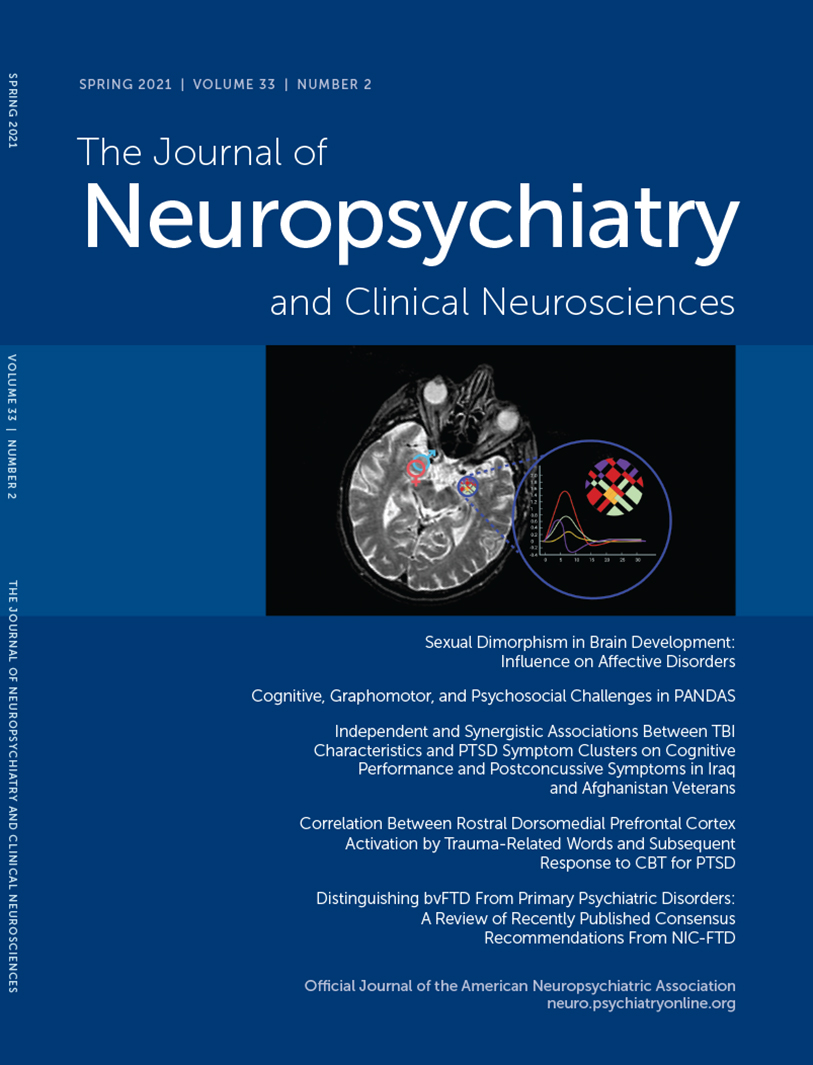Frontotemporal Dementia: A Window to Alexithymia
Abstract
Alexithymia is pervasive among psychiatric patients, but its neurobiological mechanism is unclear. Patients with alexithymia cannot “read emotions,” a process involving interoception, or the perception of the body’s internal state, primarily in the insulae. The frontotemporal dementias are also associated with inability to correctly read emotions; hence, these dementias can provide a window into the mechanism of alexithymia. Patients with behavioral variant frontotemporal dementia (bvFTD) have a weak emotional signal with impaired emotional recognition, hypoemotionality, and decreased physiological arousal. bvFTD affects the insulae, and the weak emotional signal facilitates impaired interoceptive accuracy, resulting in an overreliance on cognitive appraisal rather than on internal sensations. In contrast, patients with semantic dementia, another frontotemporal dementia syndrome, can have intact interoception, but they have disturbed cognitive appraisal of the meaning of their bodily sensations. This “alexisomia” in semantic dementia can lead to misinterpreted somatic symptoms. Together, the findings in alexithymic patients and frontotemporal dementia syndromes support the model of impaired interoceptive accuracy as the mechanism of alexithymia, possibly from dysfunction in the insulae.



